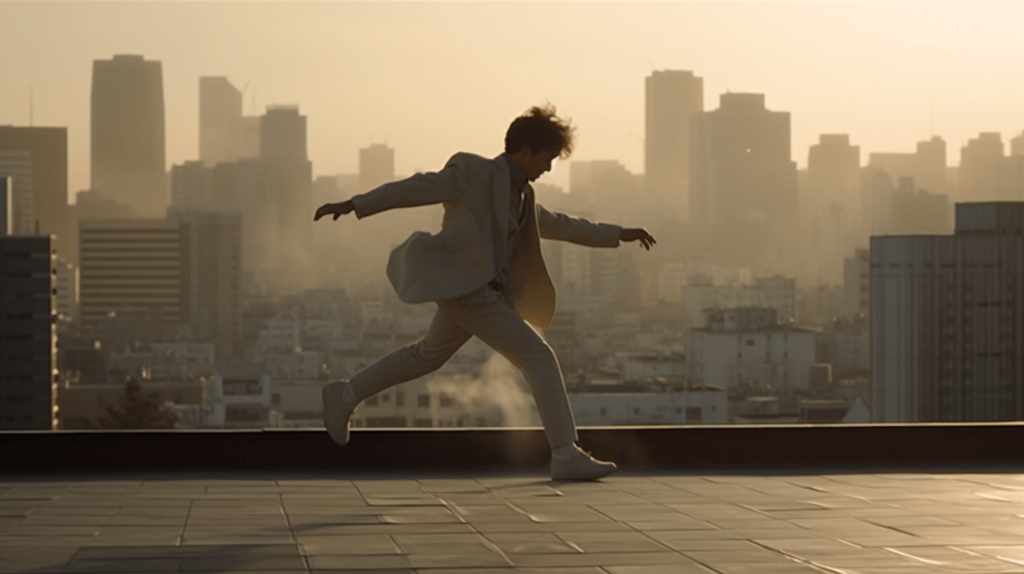
The world of digital art has experienced a paradigm shift with the advent of blockchain technology and the rise of non-fungible tokens (NFTs). Among the various token standards, ERC721a has emerged as a noteworthy contender in the NFT space. This article will explore the role of ERC721a in the future of digital art, discussing its potential impact on artists, collectors, and the overall art market.
Understanding ERC721a
ERC721a is an Ethereum token standard specifically designed for the creation and management of non-fungible tokens. An upgrade to the original ERC721 standard, ERC721a offers improvements in gas efficiency and functionality, making it a more attractive option for artists and collectors in the digital art world. The key features of ERC721a include:
- Unique token IDs: Each NFT created using the ERC721a standard has a unique identifier, ensuring that every piece of digital art is one-of-a-kind.
- Ownership and transfer: ERC721a allows for the secure ownership and transfer of NFTs, ensuring that artists maintain control over their work and collectors can trade their digital assets with confidence.
- Metadata: ERC721a supports the storage of metadata, enabling artists to include detailed information about their digital art, such as the artist’s name, creation date, and other relevant data.
Empowering Artists with ERC721a

One of the most significant impacts of ERC721a on the digital art world lies in the empowerment of artists. This token standard offers several advantages that can help artists better monetize their work and maintain control over their creations:
- Creator royalties: ERC721a can include built-in royalty systems, allowing artists to receive a percentage of the sales every time their artwork is resold in the secondary market. This feature ensures that artists continue to benefit from the increasing value of their work, even after the initial sale.
- Provenance tracking: By leveraging the transparent and immutable nature of blockchain technology, ERC721a enables artists to establish and maintain the provenance of their digital art. This feature can help build trust among collectors and increase the value of the artwork over time.
- Creative control: With ERC721a, artists can implement various mechanisms to protect their creative control, such as limiting the number of editions of a particular artwork or setting specific rules for how the art can be displayed or used.
Attracting Collectors with ERC721a
For collectors, ERC721a brings several benefits that can enhance the appeal and value of digital art:
- Authenticity and rarity: The unique token IDs and metadata capabilities of ERC721a ensure that collectors can trust the authenticity and rarity of the digital art they purchase. This can help increase the value of the art and make it a more attractive investment.
- Secure ownership and transfer: ERC721a facilitates secure ownership and transfer of NFTs, providing collectors with peace of mind when buying, selling, or trading digital art.
- Interoperability: ERC721a tokens can be easily integrated with various wallets, marketplaces, and platforms, enabling collectors to access and display their digital art across different venues.
The Broader Impact of ERC721a on the Digital Art Market
As ERC721a gains traction, it has the potential to reshape the digital art market in several ways:
- Increased adoption: The benefits offered by ERC721a, such as gas efficiency and improved functionality, could lead to increased adoption of NFTs among artists and collectors, driving growth in the digital art market.
- Greater innovation: As more artists and developers work with ERC721a, we can expect to see greater innovation in the types of digital art being created and the platforms that support NFT creation and distribution. This could lead to a richer and more diverse digital art ecosystem.
- Higher-quality curation: As the digital art market matures and more artists embrace ERC721a, we can expect to see higher-quality curation of digital art collections, with collectors and platforms becoming more discerning in their selections.
- Legal and regulatory developments: The increasing prominence of ERC721a and digital art may prompt further legal and regulatory developments around copyright, taxation, and other relevant issues. This could help to create a more stable and predictable environment for artists, collectors, and investors alike.
Looking Ahead: The Future of Digital Art and ERC721a

The growing adoption of ERC721a has the potential to significantly shape the future of digital art, providing artists with greater control and monetization opportunities, and offering collectors a more secure and rewarding experience. As the digital art market continues to evolve, it is essential for artists, collectors, and platforms to stay informed about the latest developments and embrace the potential of this promising token standard.
In conclusion, ERC721a offers a powerful tool for artists and collectors in the digital art space. Its unique features and improvements over previous token standards can help drive the growth and maturation of the digital art market, empowering artists and attracting more collectors. The future of digital art looks bright with the continued adoption and development of ERC721a.
